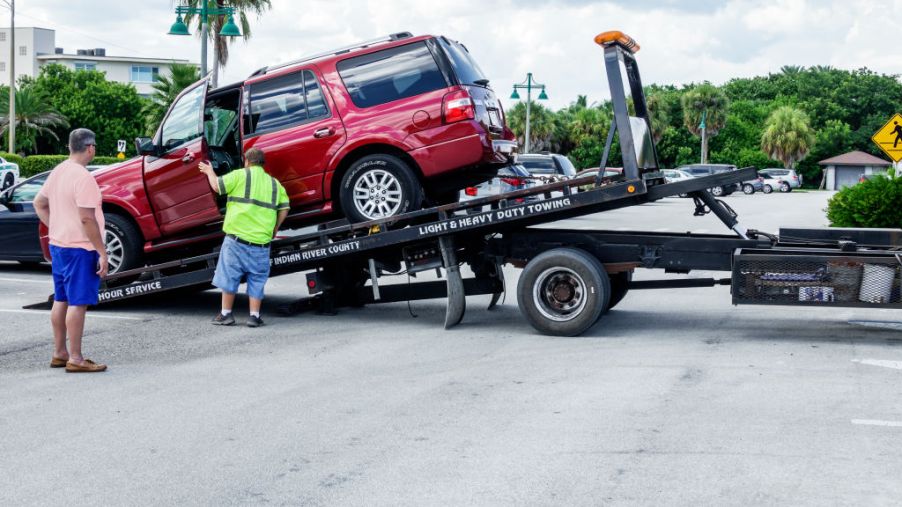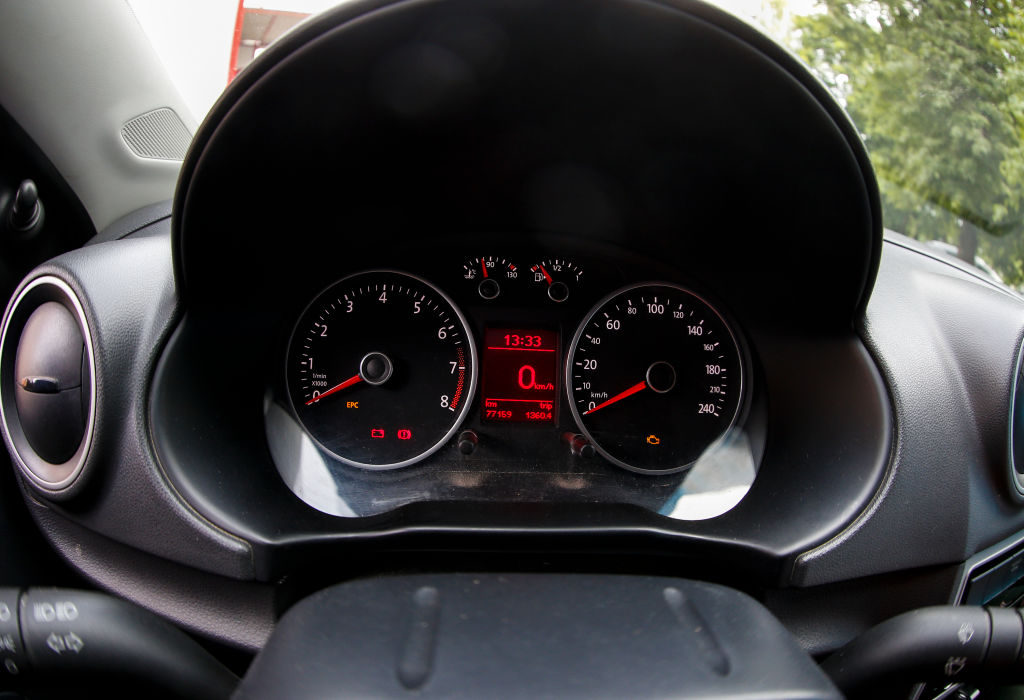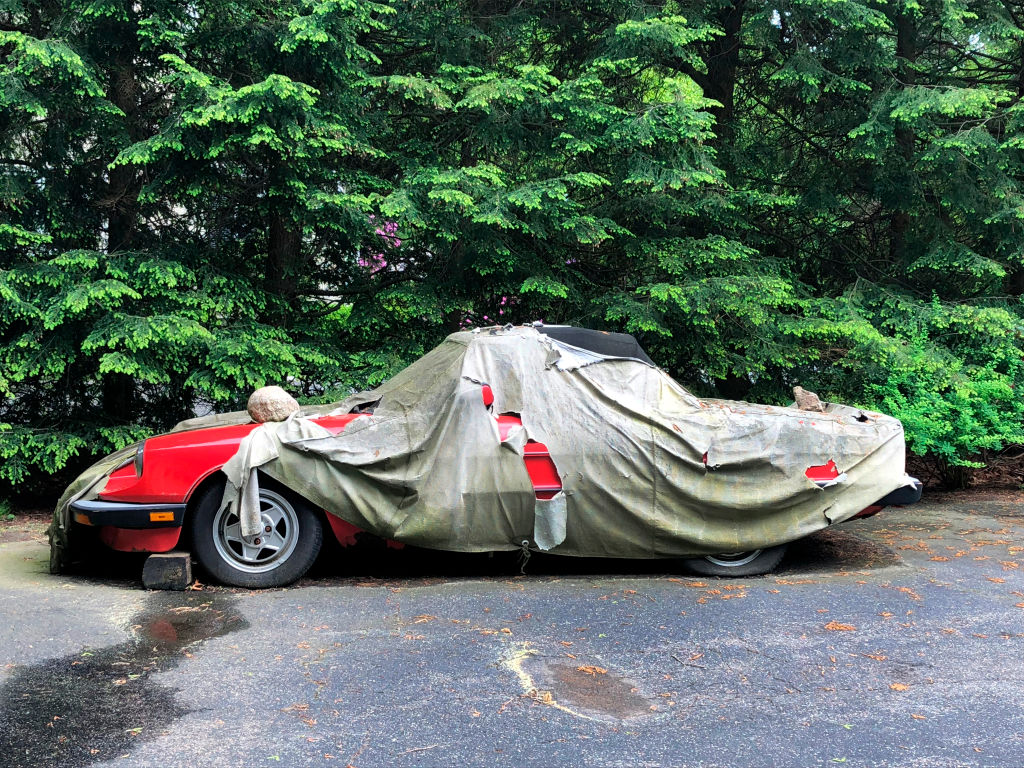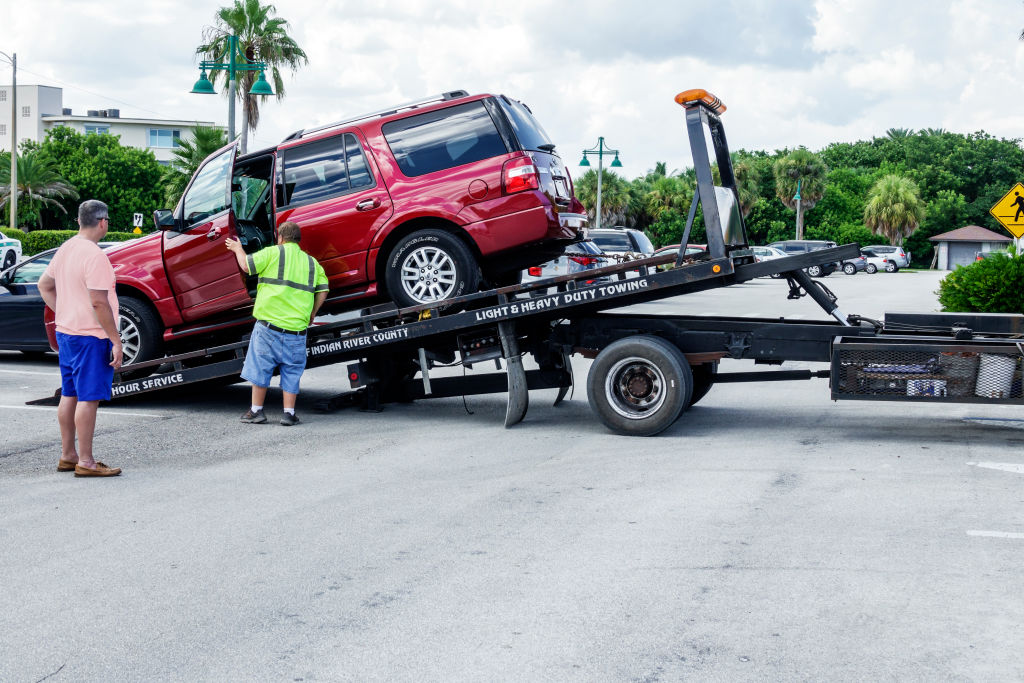
How To Make Your Car Last to 200,000 Miles and More
Having a higher mileage car can be stressful, and used cars with high mileage can be quite a deterrent for buyers. Oftentimes, we view the mileage on a vehicle as to the vehicle’s lifespan, having a general idea that cars will only last a certain distance. The mileage on a vehicle oftentimes represents the mechanical and physical wear, but that isn’t always an accurate depiction of the car’s condition. In fact, with proper care and maintenance, you can get most vehicles to last up to 200,000 miles with proper maintenance, if not more.
Picking the right car
According to Consumer Reports, the first step in getting a vehicle to hit that 200,000-mile mark is to start off by picking the right vehicle. Of course, unreliable options that are known for having problems and issues can take you as far as your wallet can, but the goal is to get as much life as you can out of one car without breaking your bank in repairs and maintenance costs. You want to start by picking a model that has a good reputation and a history of being reliable.

Stay on a strict maintenance schedule
Maintenance schedules are put in place for a reason, but that doesn’t stop us from stretching the limits of our vehicle. Staying on a strict maintenance schedule and servicing your car in all of the ways it needs — that’s right, not just an oil change — is critical to the health of your engine and vehicle overall. In the owner’s manual of every car is a comprehensive maintenance schedule that shows all of the work that should be done and at what intervals.
While, as car owners, we have a general overview of when we believe our cars should be serviced, but that can vary depending on each specific car. Because of this, it is important to be aware of the maintenance schedule and needs of your specific car.

Keep things clean, and don’t skimp out
It’s not news to anyone that going to a low-quality mechanic or buying lower-quality aftermarket parts is cheaper, but in the long run it can do more harm than good. Keeping your car clean inside and out it is one way to stay happy with it, but keeping the mechanical components, like the engine bay, brake systems, and undercarriage, clean and clear of rust is also critical to making sure your vehicle will really go the distance.

All in all, most owners will be ready to move on from their vehicle long before it reaches 200,000 miles. On top of that, unless you’re buying a barely-driven brand new car directly from the dealer, you can only guess at how well it was maintained up until that point and hope for the best moving forward.


